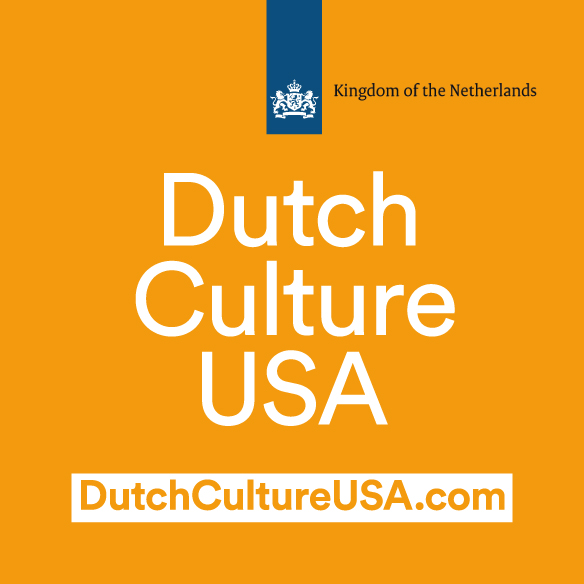
MARCH 5–OCTOBER 1, 2017
ABOUT THE ARTISTS
GERRIT DOU
b. Leiden 1613; d. Leiden 1675
Gerrit Dou is one of the most celebrated Dutch artists of the Leiden school of fine painting, or fijnschilderijen. He began his training in his native Leiden as a glass painter (his father’s profession) before taking up an apprenticeship with Rembrandt van Rijn in 1628. Dou was Rembrandt’s first pupil, and he remained with the master until Rembrandt departed for Amsterdam in 1631. In Leiden, Dou rose to success for his meticulous painting technique, and attracted the interests of prestigious collectors, among them the Swedish ambassador to the Dutch Republic, Pieter Spiering, King Charles II of England, and Archduke Leopold Wilhelm of Austria. Dou’s success also resulted in a large studio with a number of pupils that included Frans van Mieris (1635–81), Domenicus van Tol, Jacob Toorenvliet, and Godefridus Schalcken (1643–1706).
GABRIEL METSU
b. Leiden 1629; d. Amsterdam 1667
Gabriel Metsu, son of the painter Jacques Metsu, was born in Leiden in 1629. He spent the early part of his career in the city before settling in Amsterdam in the early 1650s. Although Metsu is widely known for his innovative genre paintings, he began his career as a painter of history scenes (from the Bible or ancient mythology). There is no documentation to indicate with whom Metsu trained, but he likely apprenticed to a history painter in Leiden before coming more directly under the influence of Gerrit Dou. In Amsterdam, Metsu specialized in highly sophisticated genre paintings of elegant interiors, market scenes, and domestic life, making him one of the most important Dutch artists working in the seventeenth century.
DOMENICUS VAN TOL
b. Bodegraven? c. 1635; d. Leiden 1676
Domenicus van Tol was likely born outside of Leiden in the town of Bodegraven around 1635. The family, composed of notaries and glassmakers, later moved to Leiden, where Van Tol trained as a painter. His master was Gerrit Dou, who would also become his uncle. Van Tol closely followed the model of fine painting established by Dou in Leiden, favoring the precise painting style and depiction of scenes of domestic life popularized by the artist. Van Tol spent intermittent periods of his life outside of Leiden, likely in Amsterdam and Utrecht, but returned permanently to the city in 1675.
JACOB VAN TOORENVLIET
b. Leiden 1640; d. Leiden 1719
Jacob van Toorenvliet was born in Leiden in 1640, the son of a glass painter, from whom he received his early artistic education. He subsequently trained in the studio of Gerrit Dou. Toorenvliet’s exquisitely rendered genre paintings owe much to Dou’s influence and that of other Leiden fijnschilders, but the artist also spent a considerable amount of time outside of the Netherlands. He traveled to Rome and Venice after his artistic training, and is documented in Vienna from around the late 1660s to the late 1670s. Van Toorenvliet returned to Leiden by 1679, where he spent the rest of a prosperous career.
WILLEM VAN MIERIS
b. Leiden 1662; d. Leiden 1747
Willem van Mieris was the son of Frans van Mieris, who represented the most important family of Leiden fijnschilders after Gerrit Dou. Willem, like his brother Jan van Mieris, trained in his father’s workshop before becoming an independent painter in the 1680s. Willem continued to paint in the fine manner of his father well into the eighteenth century, enjoying tremendous success both within and beyond the Netherlands. In addition to creating his own works, Willem produced copies after works by his father and Gerrit Dou, a testament to their continued popularity.

